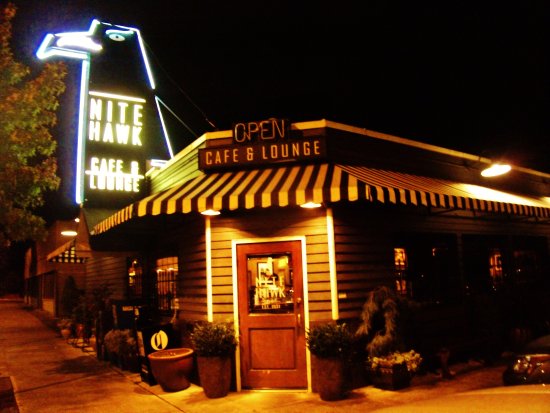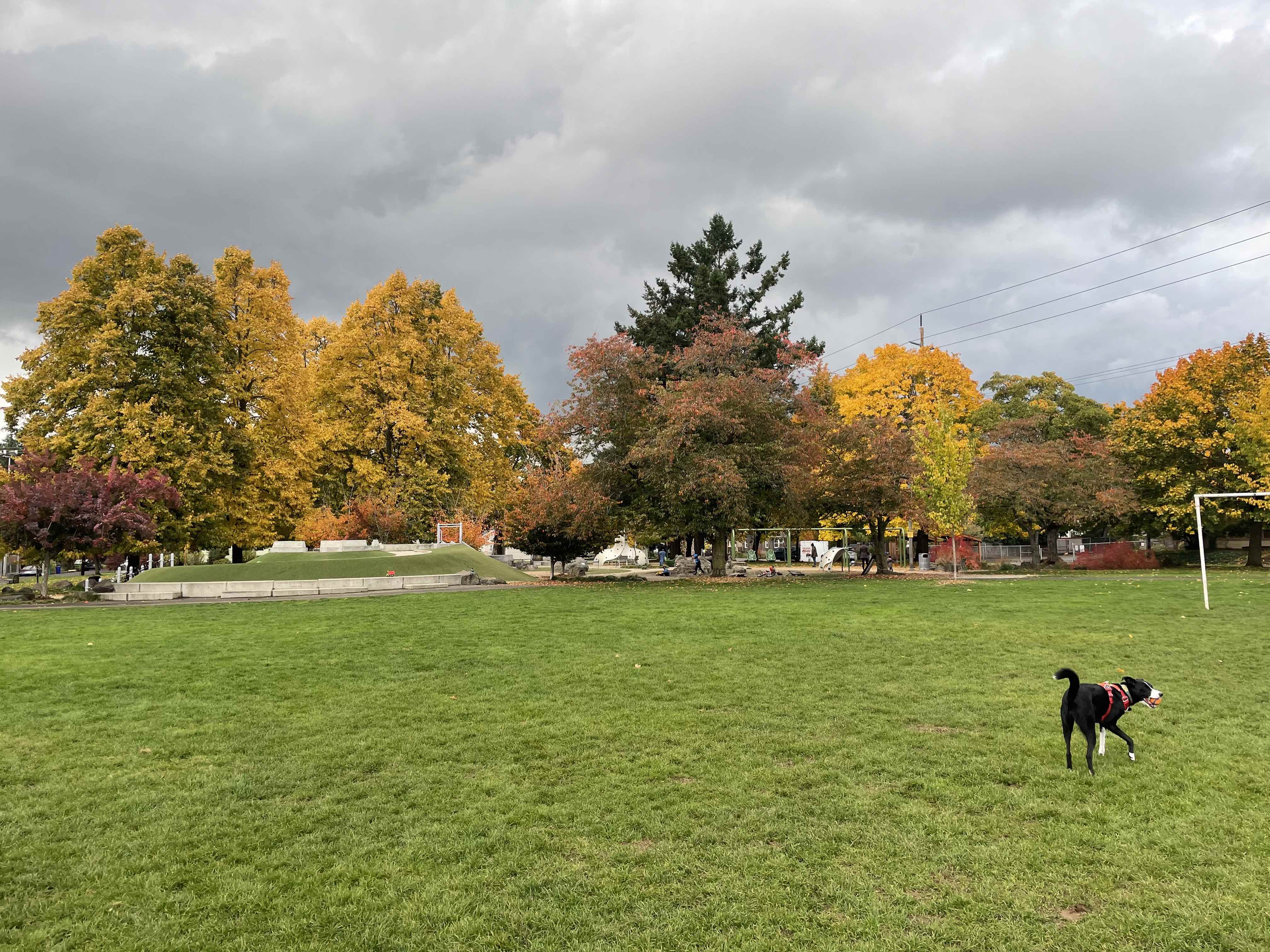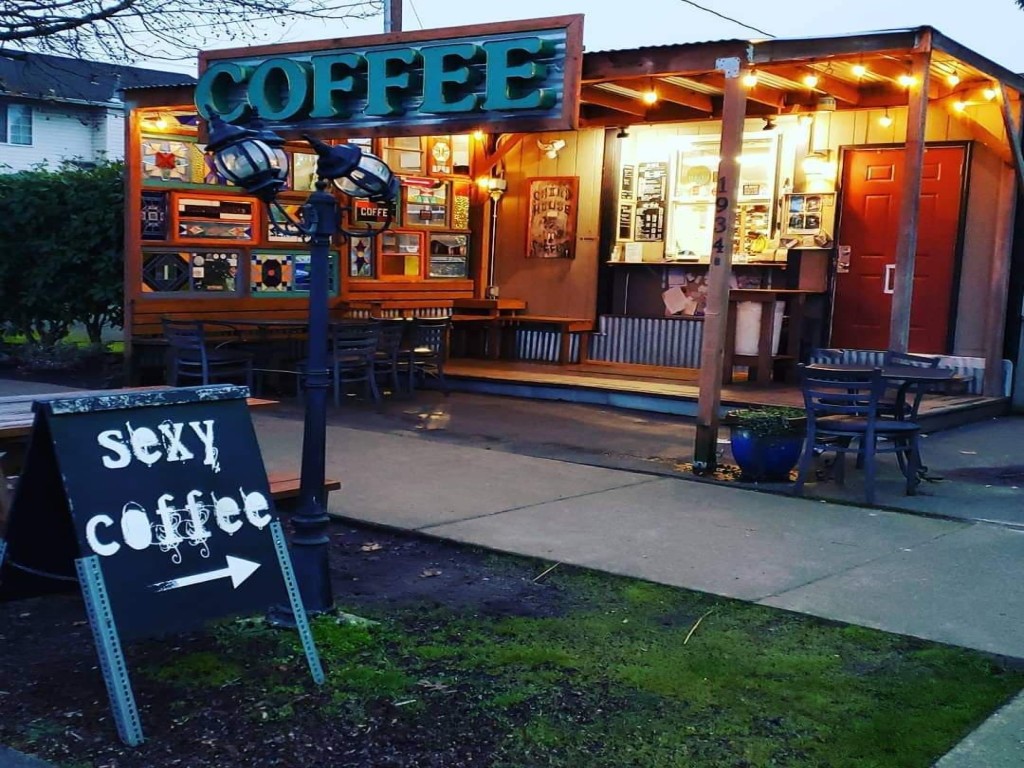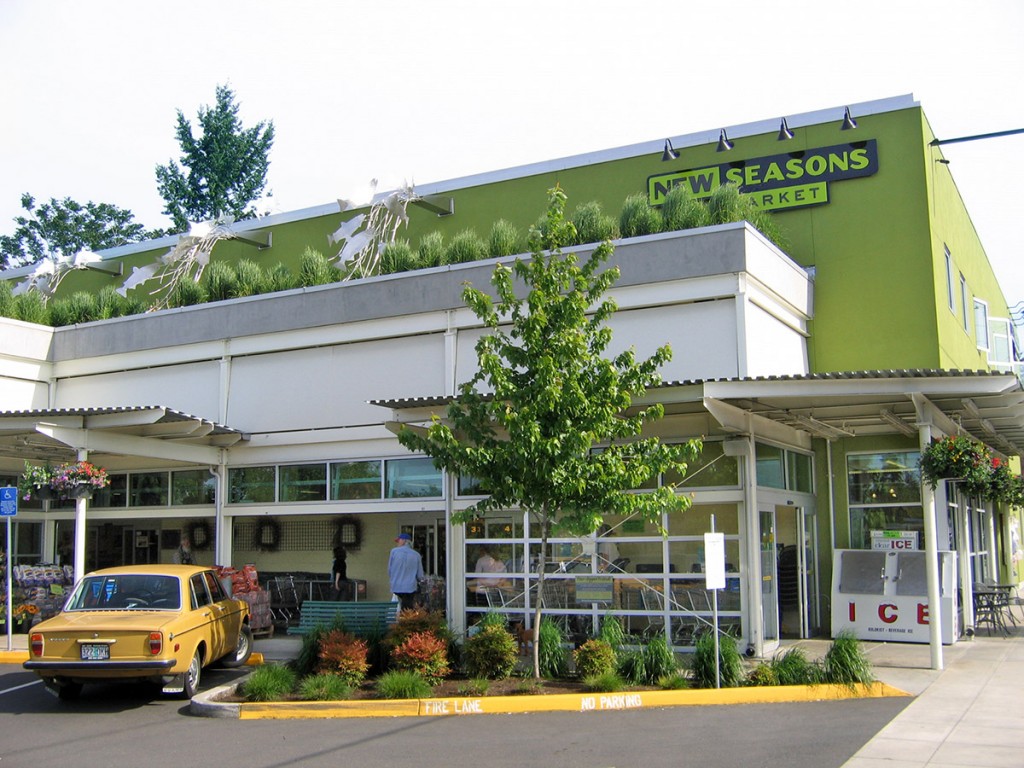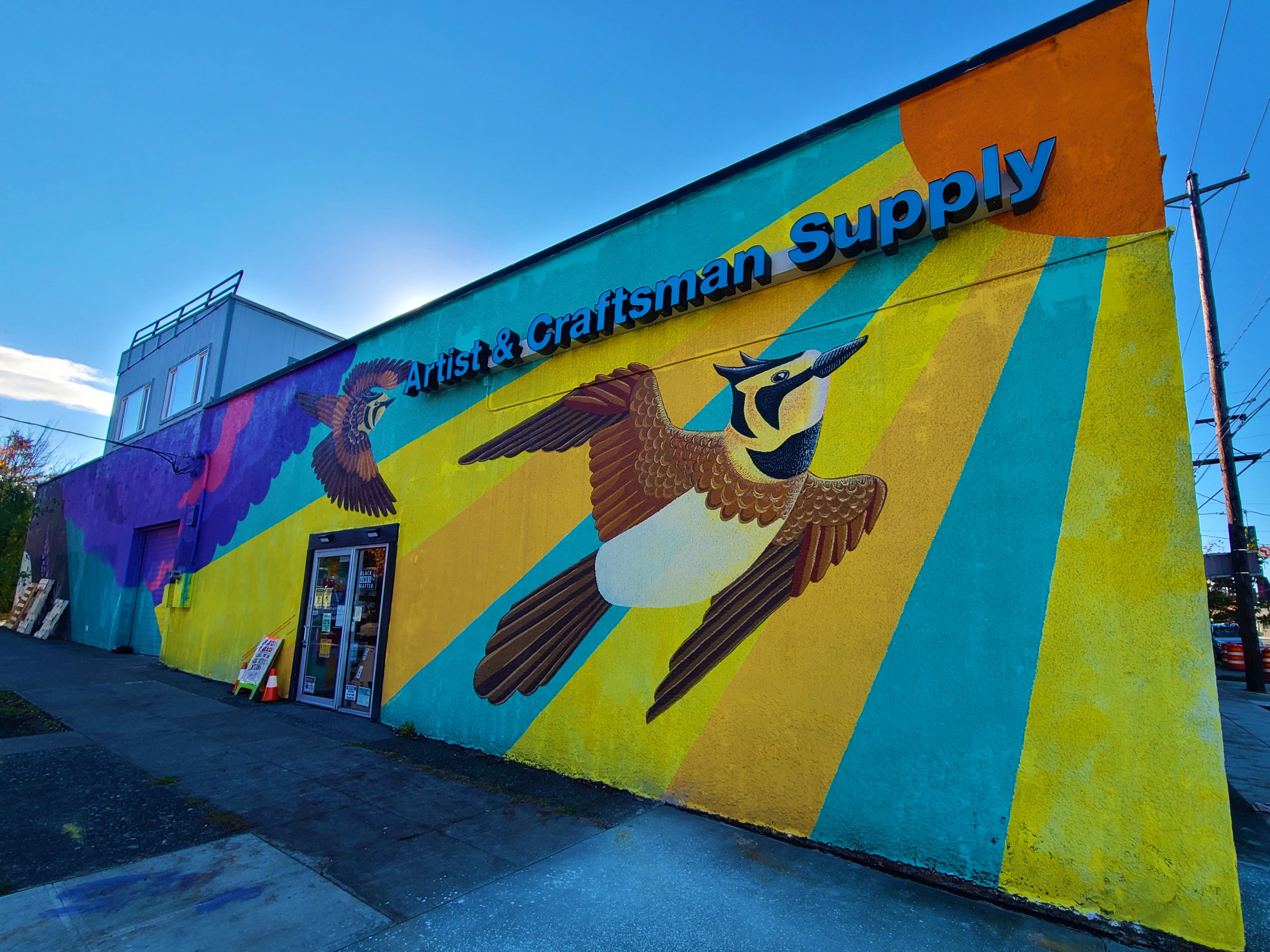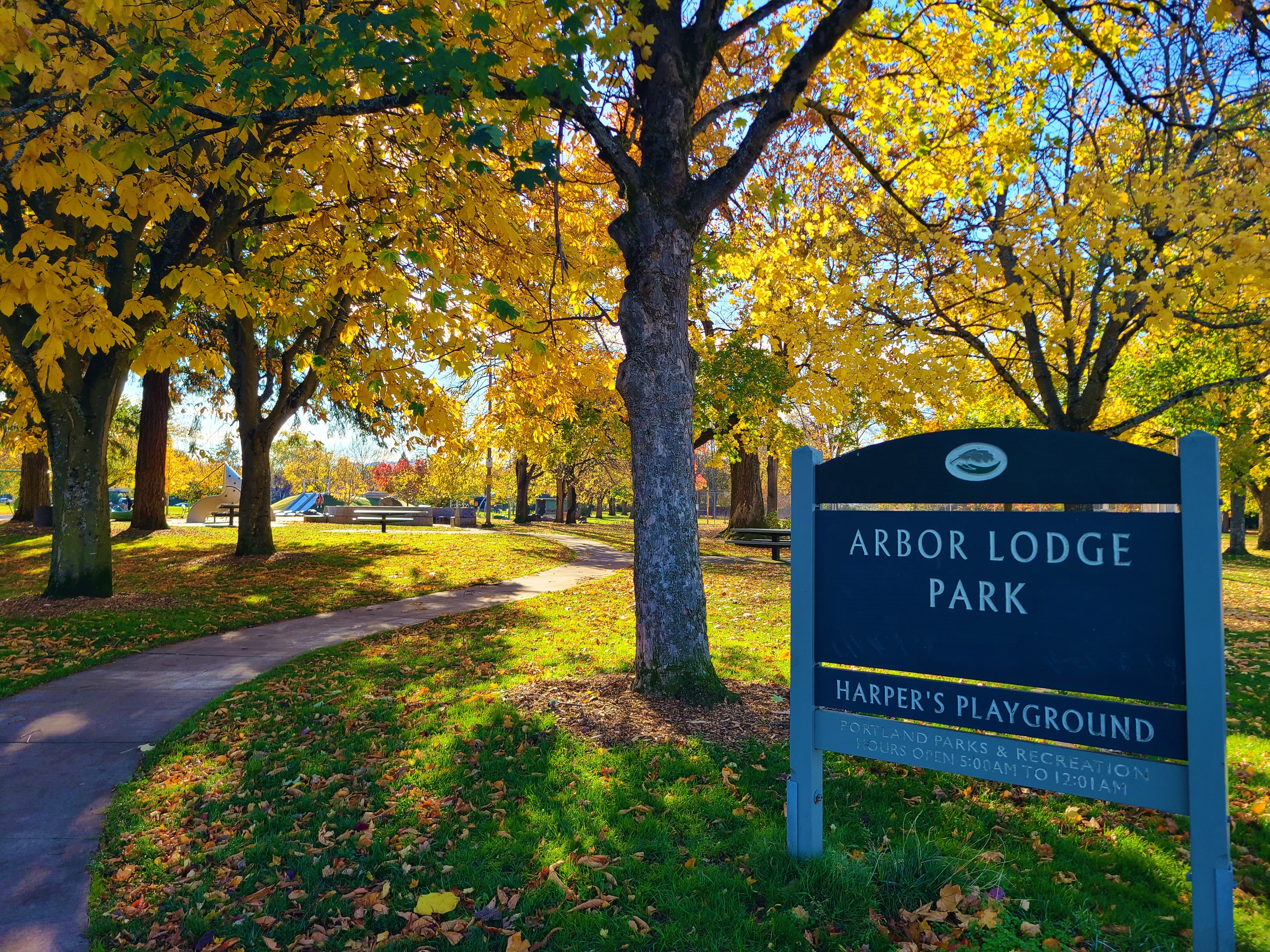09/03/2013
Consider joining a force for good in the neighborhood!
Have you ever thought about joining your neighborhood association board? We'd love to meet you and add you to the roster of our thoughtful, well-intentioned, all-around-go-getter Board of Directors!
In a nutshell, Board Members attend regular monthly meetings, and help with projects in the neighborhood such as Movies in the Park, our Spring Clean-up, Pesticide-free Park Parties, Friends of Lombard, and more! We have room for your ideas and projects! The time commitment ranges from 3 hours/month, more if you have something you want to make happen outside of meetings.
Our elections are coming up in October, and we have room to grow and include more people. Please contact our Chair, Katy Asher, arborlodgepdx{at}gmail{dot}com if you'd like to learn more about what's involved in becoming a Board Member. If you confirm your candidacy by September 19th, we'll promote you via our website and Facebook. Hope to hear from you soon!
08/15/2013
Invitation to Peace Lutheran's Annual Community Fair
You're invited to a great evening of festivities in the heart of Arbor Lodge! We had a great time at this event last year and hope to see you there.
COMMUNITY FAIRWEDNESDAY, AUGUST 21, 5:30-8PM
Come & join your neighbors for an evening of festivities!-Free hot dogs & ice cream--Car Show/Music/Clown/Face Painting/School Supplies---Fire Trucks/Horse Patrol/Clothes Closet-----Information from neighborhood & city groups!
Peace Lutheran Church, 2201 N. Rosa Parks Way(503) 289-1070
Supported by:Peace Lutheran Church, Blessed Temple Community Church, Thrivent Financial, Portland Eastside Ministries, N.Lombard Walgreens
08/05/2013
Update: August 5th 2013
No Work Party this Saturday, August 10th
Why?
University of Portland students are volunteering
August 21st and August 31st.
They will do the work for this month.
Thanks for volunteering in the past. Watch for our post about a special work party October 1st. Why then? A film crew from the Today Show Weekends will be here October 2nd to film the Playground/Park.
We've got to shine for this special event.
08/05/2013
Family Play Day date/time
The Family Play Day in Harper's Playground/Arbor Lodge Park
is
Saturday
August 17th
10-2pm
Come join the fun!

